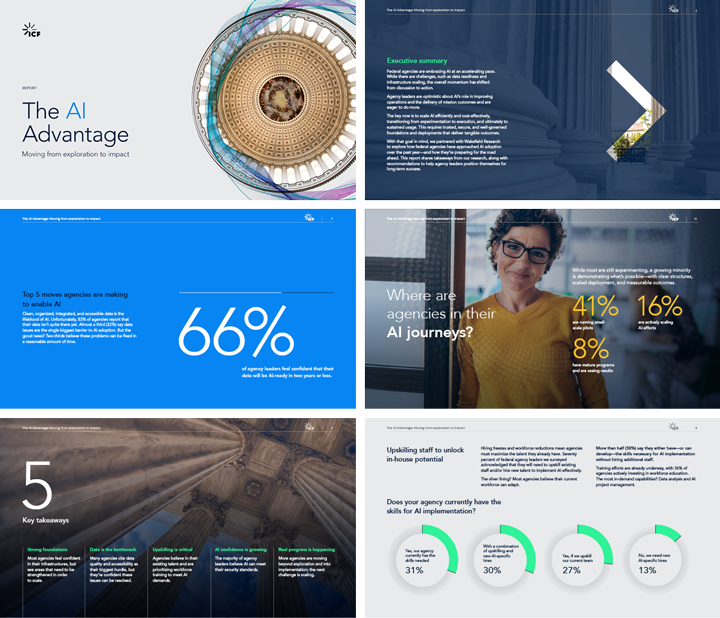
People analytics: Everyday artificial intelligence and planning for capacity
What happens when there is increased time for higher-level activities in your workforce?
With the explosive growth of new Natural Language Processing Artificial Intelligence (NLP AI) and deep learning tools, such as ChatGPT, this question will be brought to the forefront faster than most organizations realize. Experts believe that these tools have the potential to automate time intensive, but non-glamorous parts of professional workers’ jobs. For example, consider the “pre-work” or analysis that goes into getting ready to do higher level tasks. With the implementation of these tools, this work would be automated and ready for the next step within seconds of a request. In organizations that have put deliberate planning into these newfound technologies, there will be an opportunity to effectively harness these new tools for increased productivity and worker engagement. However, unlike other tech disruptions, a lack of planning will not mean just missing out on benefits but could actually cause significant organizational and workforce harm.
The potential and pitfalls of NLP AI
Historically, there are two key findings when a new disruptive technology is integrated into our everyday working experiences. First, the technology’s impact is uneven across the workforce. Rarely is it contained to a single person or role and, to complicate the situation, the impact accelerates over time as it cascades through the organization. Second, when capacity or time is created for people, it is not guaranteed that the increase will result in better outcomes for the individual or the organization. Rather, proper planning is needed to amplify the productivity benefits and new ways of working, while mitigating negative impacts to people’s work routines.
The good news is that if we engage deliberately and plan for this new capacity, the potential benefit to both an organization and its people can be extraordinary.
By repatterning individual behavior, as well as the organizational systems that support that behavior, organizations can ensure that the integration of AI becomes a force multiplier and that the promised benefits do materialize.
Planning for capacity
To effectively manage and leverage the benefits of AI in the professional workforce, organizations must consider two critical actions:
- Assessing the immediate and long-term cascading effects on work functions. To plan for the integration of NLP AI, organizations should consider mapping their workforce-based core work functions and clusters of related work function families. This mapping exercise provides a sound understanding of how work is performed—and makes it easier to see how outcomes are achieved today. Next, by leveraging People Analytic models, an organization can project an evolving probabilistic pathway of how NLP AI integration will impact its workforce down to the discrete work function and associated team tasks. This allows for a deliberate approach to AI automation of certain work functions—and the associated immediate and cascade impacts of that automation—at a pace the organization can adapt to. In addition to mapping new ways of working, this will also provide a quantification of time created for people via the automation of previously performed functions.
- Enabling higher-level work. While implementing NLP AI may seem like the focus, the hidden challenge facing organizations is helping their people to understand:
- a. That a true desire for them is to focus on high-level activities and not simply ensuring compliance not busy work (i.e., enabling this reorientation).
- b. What this new capacity should be used for on an individual and organizational basis (i.e., planning for capacity).
The dilemma facing today’s leaders is that people will fill the new capacity, whether it is beneficial for the organization’s outcomes. Without deliberate planning and explicit direction as a part of a change management effort, organizations risk employees being adrift in their jobs or worse, resisting the changes that are occurring around them. Both of which risk undermining any potential benefits of integrating AI. However, by repatterning individual behavior, as well as the organizational systems that support that behavior, organizations can ensure that the integration of AI becomes a force multiplier and that the promised benefits do materialize.
